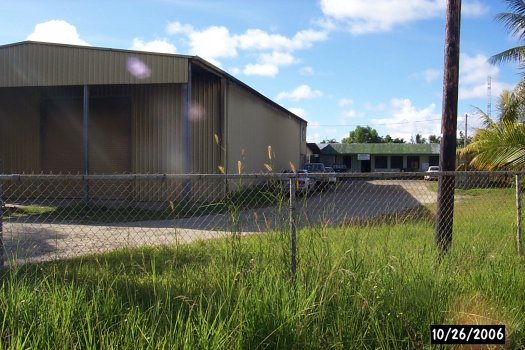
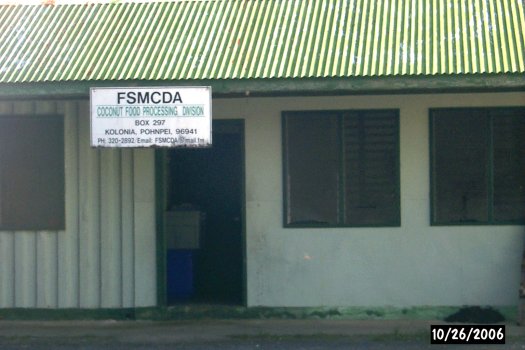
Some of the roots of ethnobotany are in the field of economic botany. Economic botany studies the economic value of plants and the processes to bring plant products from the field to the market. In this section of the course the class takes time to learn about an industry that developed in part from the traditional uses of coconut oil.
The Coconut Development Authority produces virgin coconut oil. Virgin oil is processed from fresh, mature coconut kernel (coconut meat). The term "virgin" distinguishes the product from coconut oil produced from sun-dried coconut meat, termed "copra." Virgin coconut oil is a superior product for cooking and human consumption.
A key difference from locally produced "homemade" coconut oil is that the water is removed by a commercial dryer operating at between 60° Celsius and 70° Celsius prior to the oil being expelled. In the home and traditional production process the oil is heated to 100° Celsius (boiling point of water) and reaches higher temperatures in the final moments of boiling off the water. These higher levels of heat alter the oil's consistency, viscosity, color, and flavor.
The production process utilized by the Coconut Development Authority is outline below. This information was kindly provided by the CDA on a handout. The photos were taken by the instructor during the field trip. All errors are those of the instructor.
Images from a visit to the Coconut Development Authority


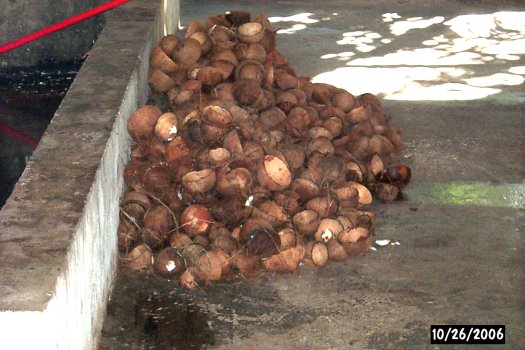
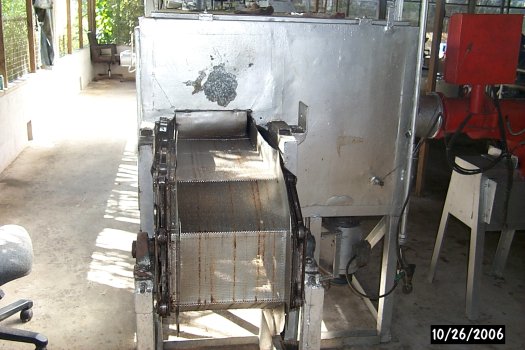
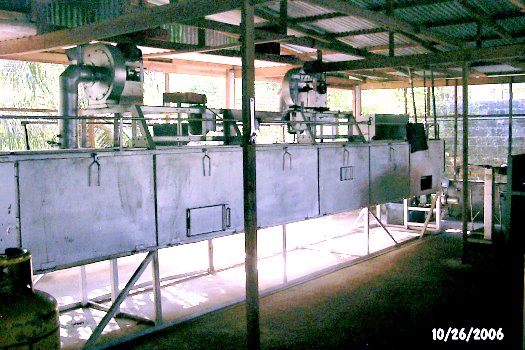
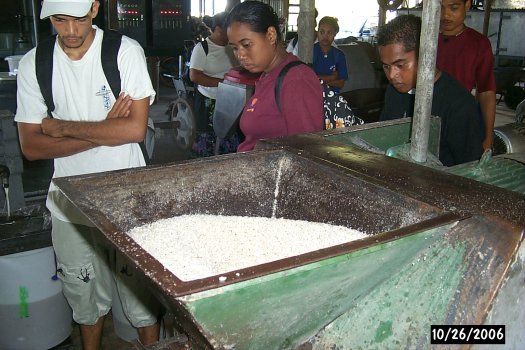
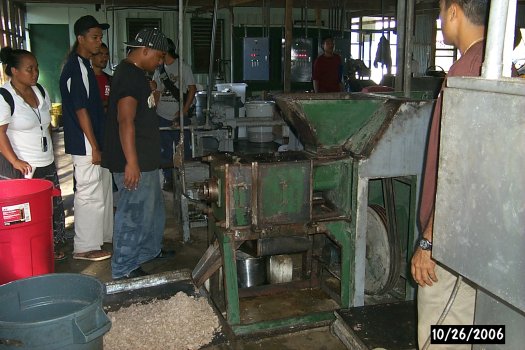
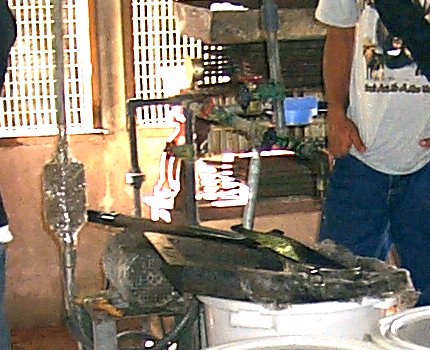
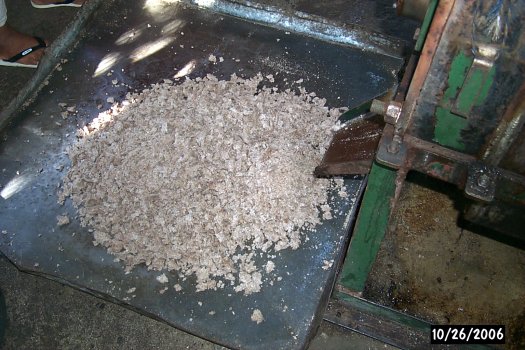
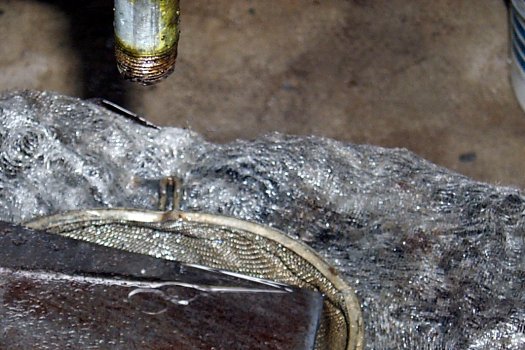
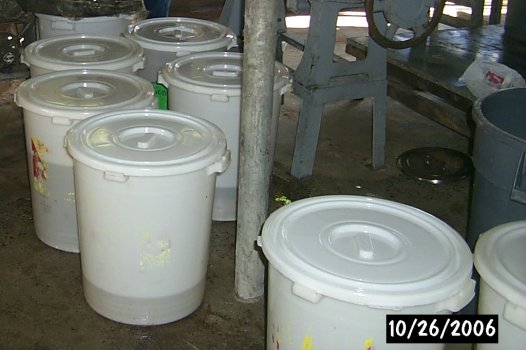
As in any economic activity, power is an important requirement
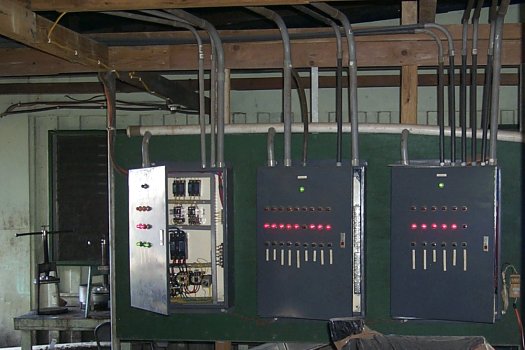
The CDA also produces ice bars from coconut milk in another room at the plant.
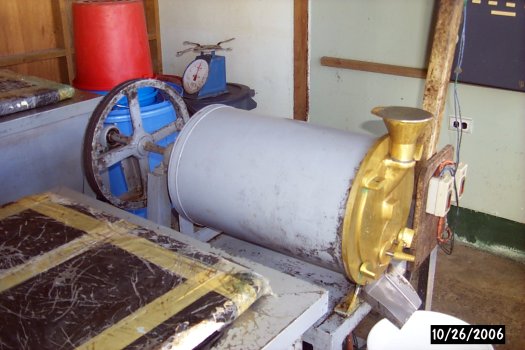
The class is deeply appreciative of the tour and the willingness of the CDA to share their important work with the youth of the nation. Below the class is seen with the manager, Mr. Namio Nanpei.
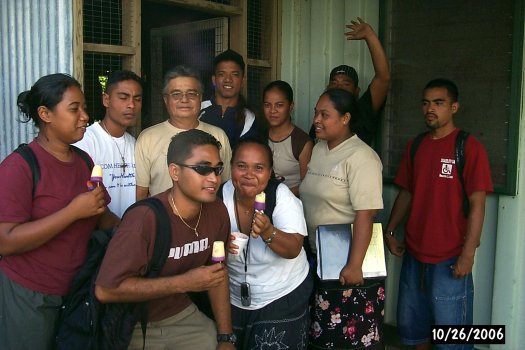
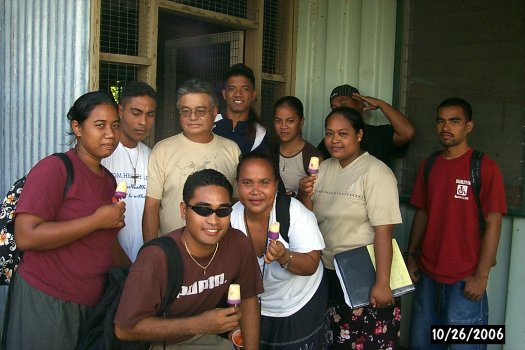
Ethnoherb • Ethnobotany • Lee Ling • COMFSM